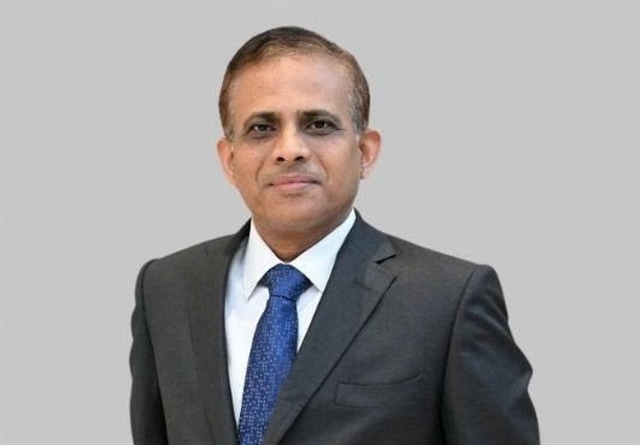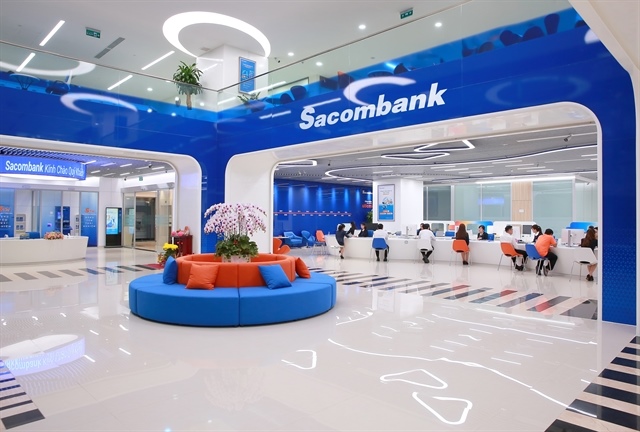Banks’ failure to obtain targeted profits foreseeable
Banks’ failure to obtain targeted profits foreseeable
Analysts believe that banks would not be able to maintain the last year’s profit growth rate in 2012 due to the slow credit growth, bad debt rapid increase and lower revenue from non-credit services.

A lot of commercial banks still keep quiet about their business performance in the third quarter of the year. In the context of the economic downturn, where a lot of businesses incur losses and go bankrupt, banks seem to be hesitant to expose the information about their profits.
Dong A remains the only bank which has declared its 9-month profits in the report about the dividends to pay to shareholders.
The bank’s pretax profit had reached 1042 billion dong by the end of the third quarter, fulfilling 69 percent of the yearly plan. Its report showed satisfactory figures about the mobilized capital (47,728 billion dong, up by 1.19 percent over August, fulfilling 94.33 percent of the yearly plan). However, the bad debt ratio of Dong A Bank by the end of September had increased by 0.1 percent.
Commercial banks, witnessing the sharp falls of revenues from lending--the main resource of their income, have to cut down expenses and try to earn more money from other services to offset the slow credit growth.
However, a banker said it’s not easy to make profits with non-credit services, Once the credit grows slowly, the service fees would reduce accordingly. Therefore, commercial banks would be satisfactory if they can obtain sustainable growth and curb the bad debt ratios at reasonable levels, according to Dr Cao Sy Kiem, Member of the National Advisory Council for Monetary Policies.
Sacombank declined to give exact figures about its profits, but said it had fulfilled 60 percent of the yearly business plan with the targeted profit of 3.4 trillion dong.
Eximbank hoped it would get 4.6 trillion dong in profit by the end of the year, while it has got 2.8 trillion dong so far.
Though banks still have been living well in the economic downturn, their profits so far just can fulfill 60-70 percent of the yearly plan. Meanwhile, in previous years, in favourable business conditions, banks could fulfill the targeted business plan at the end of the third quarter.
Joint stock banks have predicted modest profits for the whole year 2012 due to the slow credit growth, even though they have repeatedly launched attractive credit packages with low interest rates.
Only state owned banks or big joint stock banks would see high growth rates, because they can lend money within the frame of the government funded projects. Meanwhile, small joint stock banks have been struggling to find borrowers.
The first half finance report of Kien Long, for example, showed that its post tax profit was 174.7 billion dong, down by 13.6 percent in comparison with the same period of the last year. Especially, it incurred losses from securities services. The bad debt ratio of the bank (the 3rd, 4th and 5th groups – the most serious levels) had reached 2.73 percent by June 30, 2012.
Despite the efforts by the banks to diversify their services, 70-80 percent of banks’ revenue still comes from lending. Therefore, the slow credit growth rate would mean the profit decrease. It is estimated that the monthly profit of some banks decreases by tens of billions of dong.
Previously, banks lent 80-100 percent of the capital mobilized, which meant the high demand for borrowing. Meanwhile, the proportion has dropped to 50 percent.
A lot of banks have bought corporate bonds which offer the high interest rates of 18-22 percent per annum to optimize their profits. However, analysts believe that it is a kind of risky investment, because of the low requirements on the bond issuers
vietnamnet


























